Shoes play a crucial role in weight training as they not only protect the feet but also provide stability, support, and traction. When engaging in activities that involve heavy lifting, it is essential to wear shoes that are specifically designed for weight training. Weight lifting shoes provide a variety of features that optimize performance and minimize the risk of injury. These shoes typically have a raised heel, which helps improve ankle mobility and range of motion during exercises such as squats and deadlifts. The elevated heel allows for a more upright torso position, improving the lifter’s ability to maintain proper form and balance. In addition to the raised heel, weight lifting shoes have a firm and stable sole that ensures maximum stability during heavy lifts. The solid base prevents the feet from wobbling or rolling, providing a solid foundation for pushing or pulling heavy loads. The outsole is often made of materials such as rubber or synthetic compounds that offer excellent grip and traction on various surfaces.
leather
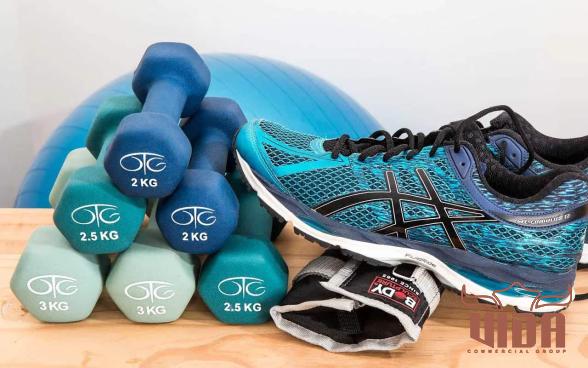 Another essential feature of weight training shoes is the support they provide to the foot and ankle. The shoes are designed with a secure and snug fit to prevent excessive movement or slipping inside the shoe. Some weight lifting shoes feature a strap or lacing system that allows the user to customize the fit and secure the shoe tightly around the foot. When choosing weight training shoes, it is crucial to consider the type of lifting you will be doing and your specific biomechanical needs. Different shoes cater to different lifting styles. For example, powerlifting shoes are suited for exercises that involve heavy squats, deadlifts, and bench presses, while Olympic lifting shoes are suitable for exercises that require explosive movements and a strong footing, such as cleans and snatches.
Another essential feature of weight training shoes is the support they provide to the foot and ankle. The shoes are designed with a secure and snug fit to prevent excessive movement or slipping inside the shoe. Some weight lifting shoes feature a strap or lacing system that allows the user to customize the fit and secure the shoe tightly around the foot. When choosing weight training shoes, it is crucial to consider the type of lifting you will be doing and your specific biomechanical needs. Different shoes cater to different lifting styles. For example, powerlifting shoes are suited for exercises that involve heavy squats, deadlifts, and bench presses, while Olympic lifting shoes are suitable for exercises that require explosive movements and a strong footing, such as cleans and snatches.
Specifications of leather
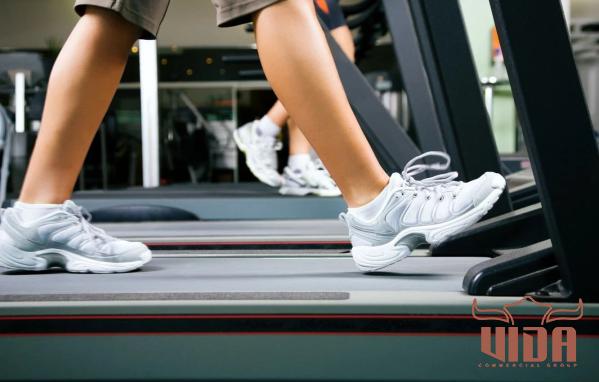 The construction and materials of weight training shoes also play a significant role in their effectiveness. Most weight lifting shoes are made with durable and breathable materials that provide comfort and longevity. The upper part of the shoe is often constructed with a combination of leather, synthetic materials, and mesh panels to ensure flexibility, breathability, and support. Some weight training shoes also incorporate additional features to enhance performance. For instance, shoes may have reinforced heel cups, which provide additional stability and prevent the foot from sliding forward during lifts. Other shoes may have added padding or cushioning to increase comfort levels, particularly during longer training sessions.
The construction and materials of weight training shoes also play a significant role in their effectiveness. Most weight lifting shoes are made with durable and breathable materials that provide comfort and longevity. The upper part of the shoe is often constructed with a combination of leather, synthetic materials, and mesh panels to ensure flexibility, breathability, and support. Some weight training shoes also incorporate additional features to enhance performance. For instance, shoes may have reinforced heel cups, which provide additional stability and prevent the foot from sliding forward during lifts. Other shoes may have added padding or cushioning to increase comfort levels, particularly during longer training sessions.
buy leather
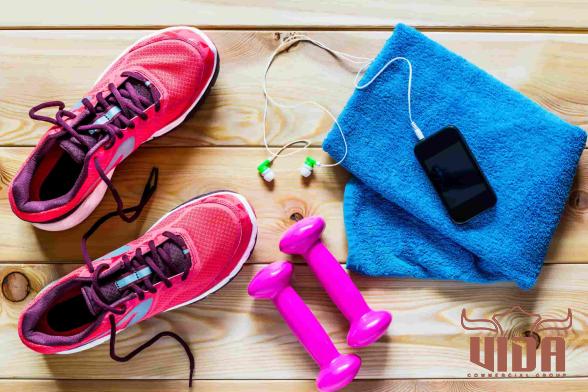 It is important to note that weight training shoes are not designed for running or cardio exercises. They are specifically engineered to meet the demands of heavy lifting and may not provide the necessary cushioning or shock absorption required for activities involving high impact or significant amounts of running. In conclusion, weight training shoes are an essential piece of equipment for individuals engaging in weightlifting and strength training activities. These shoes are designed to provide stability, support, and traction during heavy lifts, ensuring proper form and minimizing the risk of injury. Different shoes cater to specific lifting styles and individual needs, making it important to choose the right shoe based on your training goals and biomechanical requirements.
It is important to note that weight training shoes are not designed for running or cardio exercises. They are specifically engineered to meet the demands of heavy lifting and may not provide the necessary cushioning or shock absorption required for activities involving high impact or significant amounts of running. In conclusion, weight training shoes are an essential piece of equipment for individuals engaging in weightlifting and strength training activities. These shoes are designed to provide stability, support, and traction during heavy lifts, ensuring proper form and minimizing the risk of injury. Different shoes cater to specific lifting styles and individual needs, making it important to choose the right shoe based on your training goals and biomechanical requirements.
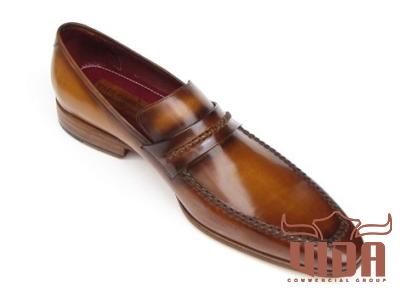
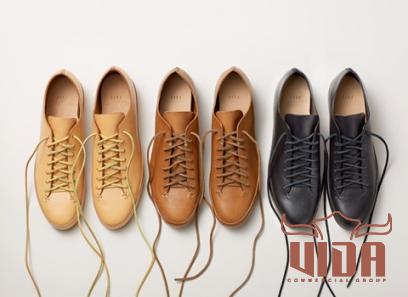
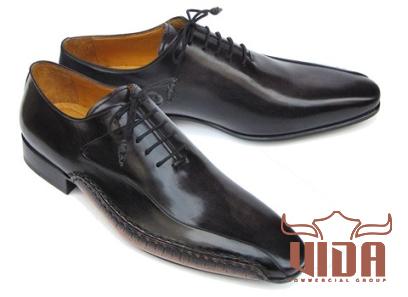
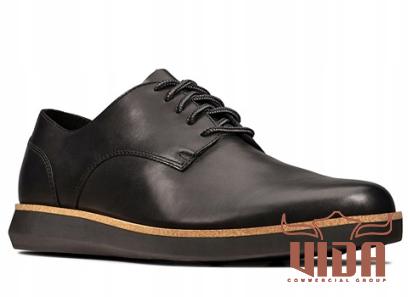
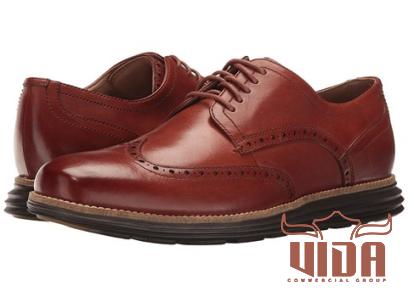
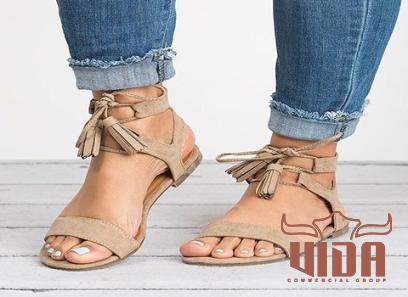
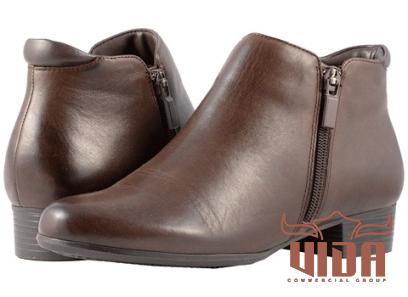
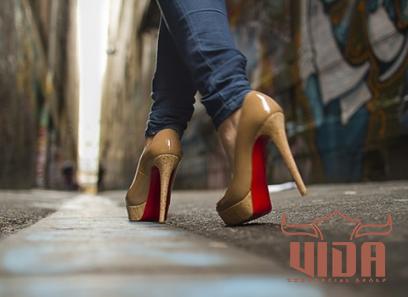

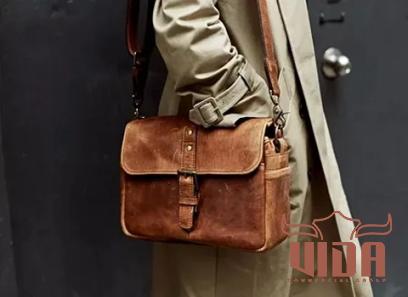
Your comment submitted.